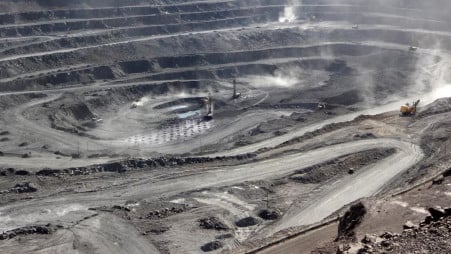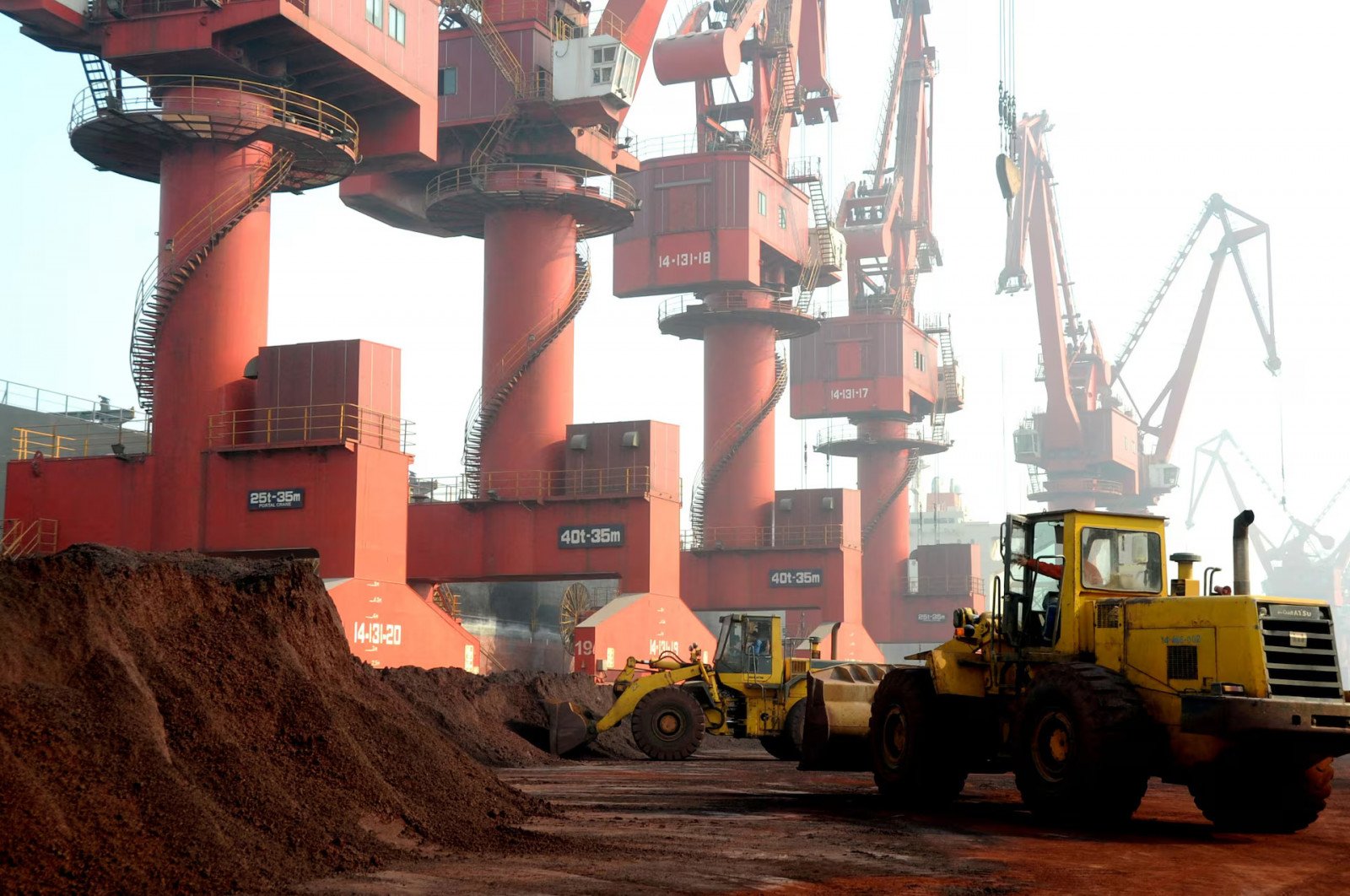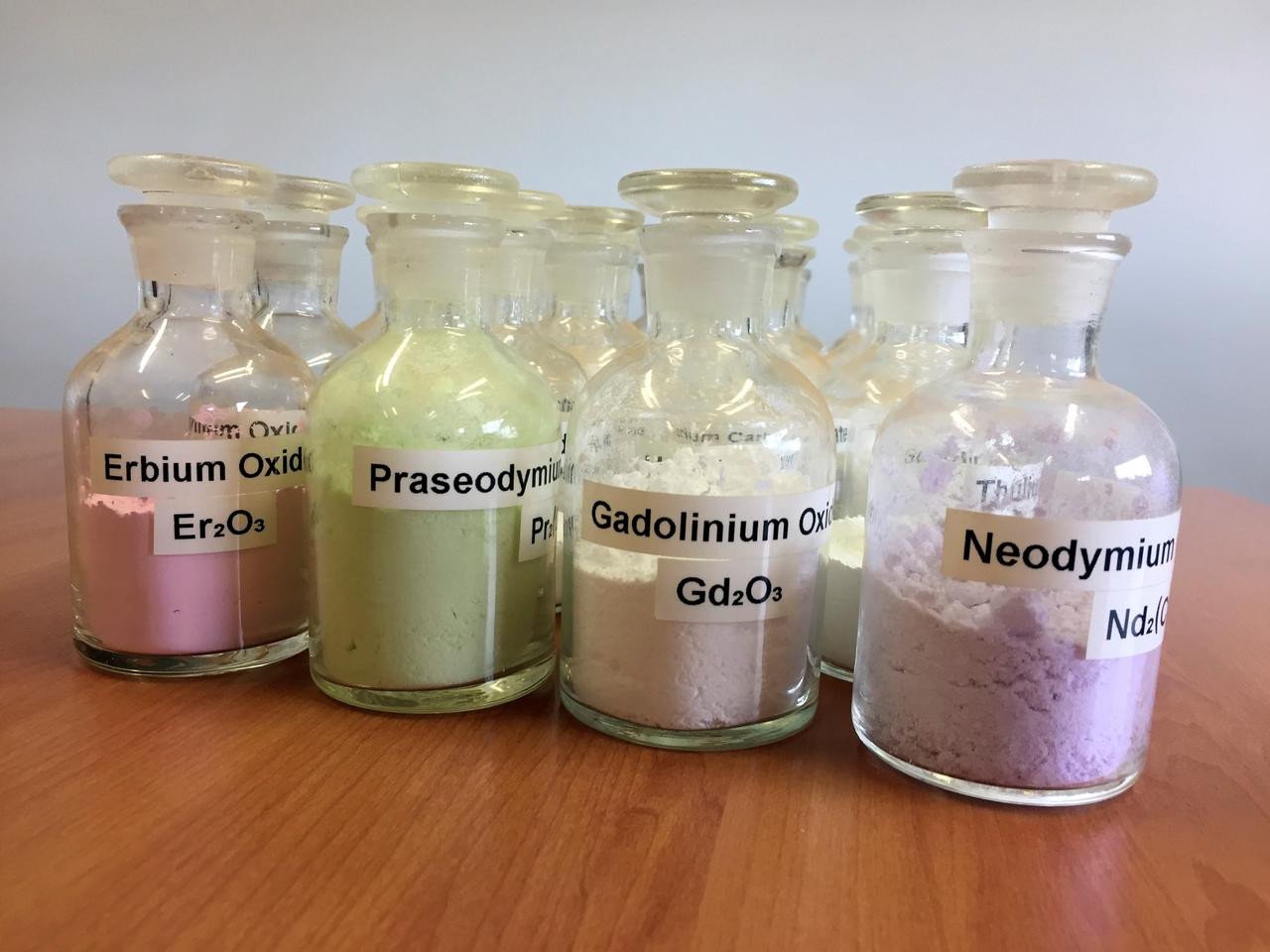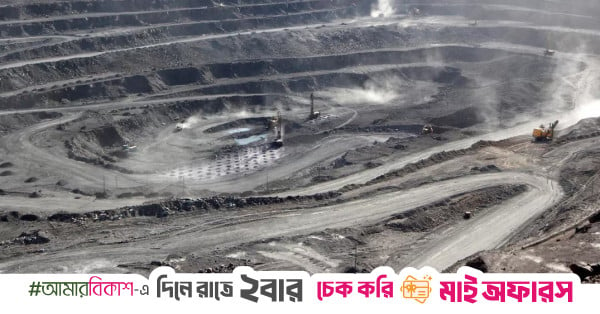Here’s a breakdown of how China came to control the rare earths industry, why these materials are indispensable to modern economies, and how renewed trade tensions are shaping the global market
Miners are seen at the Bayan Obo mine containing rare earth minerals, in Inner Mongolia, China July 16, 2011. Picture taken July 16, 2011. Photo: REUTERS/Stringer/CHINA OUT/File Photo
“>

Miners are seen at the Bayan Obo mine containing rare earth minerals, in Inner Mongolia, China July 16, 2011. Picture taken July 16, 2011. Photo: REUTERS/Stringer/CHINA OUT/File Photo
The rare earth metal market is dominated by China, which utilizes its leverage as a powerful tool in geopolitical disputes, particularly those inflamed by trade actions like the US tariff war initiated by President Donald Trump.
Here’s a breakdown of how China came to control the rare earths industry, why these materials are indispensable to modern economies, and how renewed trade tensions are shaping the global market.
Workers transport soil containing rare earth elements for export at a port in Lianyungang, Jiangsu province, China October 31, 2010. REUTERS/Stringer/File Photo
“>

Workers transport soil containing rare earth elements for export at a port in Lianyungang, Jiangsu province, China October 31, 2010. REUTERS/Stringer/File Photo
China’s dominance over the rare earth supply chain
China’s control over rare earth metals-17 elements vital to clean energy, electronics, and defense technologies-extends across the entire supply chain. It mines around 60% of the world’s rare earths and processes over 80%, while producing roughly 90% of high-performance rare earth magnets.
The country also holds more than half of global rare earth reserves and, until 2023, accounted for 99% of the world’s heavy rare earth element processing. This dominance gives Beijing significant influence over a critical component of global manufacturing and defense.
China’s control is underpinned by three main pillars:
Technological Expertise: Chinese firms have mastered complex refining and magnet production technologies. Between 1950 and 2019, China filed nearly 26,000 rare earth-related patents-far outpacing the US and Japan.
Financial Strategy: Beijing has historically tolerated operating losses across the rare earth supply chain to keep global prices low, discouraging non-Chinese competitors from entering the market.
Institutional Control: Export controls and bans on sharing extraction technologies give the government direct oversight of strategic materials, ensuring that China’s dominance remains secure.
A general view shows an under construction factory owned by Neo Performance Materials, that will produce rare earth permanent magnets used in electric vehicles and wind turbines, in Narva, Estonia in this handout picture dated to June 2024. Photo: Neo Performance Materials/Handout via REUTERS
“>

A general view shows an under construction factory owned by Neo Performance Materials, that will produce rare earth permanent magnets used in electric vehicles and wind turbines, in Narva, Estonia in this handout picture dated to June 2024. Photo: Neo Performance Materials/Handout via REUTERS
Industries that depend on rare earths
Rare earths are essential components in technologies that power modern life and national security.
Defense: US F-35 fighter jets contain more than 900 pounds of rare earth materials. A Virginia-class submarine uses about 9,200 pounds. Missiles, radar systems, and precision-guided munitions also rely on them.
Electric Vehicles: Neodymium-iron-boron magnets are critical for electric motors. Conventional cars also use rare earths in sensors, speakers, and steering systems.
Electronics: Smartphones, AI chipsets, hard drives, and semiconductors depend on rare earths. Chinese export rules specifically target advanced chips, including 14-nanometer designs and high-density memory chips.
Renewable Energy: Wind turbines and other clean energy systems rely heavily on rare earth-based components.
A sample of terbium (Tb) is displayed at the Laboratory of Physics and Material studies (LPEM) in Paris, France, June 23, 2025. Photo: REUTERS/Benoit Tessier/File Photo
“>

A sample of terbium (Tb) is displayed at the Laboratory of Physics and Material studies (LPEM) in Paris, France, June 23, 2025. Photo: REUTERS/Benoit Tessier/File Photo
Beijing’s geopolitical use of rare earths
China views its rare earth dominance as a strategic instrument in global politics. It has repeatedly demonstrated a willingness to use export controls as leverage in diplomatic and trade disputes.
The “Trump Card” Strategy: Rare earths are often seen as Beijing’s “trump card” against Washington in trade negotiations.
2010 Precedent: China first signaled its readiness to weaponize rare earths in 2010 when it halted exports to Japan during a territorial dispute-prompting Tokyo to diversify its supply chain.
Export Controls Expansion: In October 2025, Beijing expanded restrictions on several elements and refining technologies. The Ministry of Commerce stated that overseas defense users would not receive export licenses, while semiconductor-related applications would be reviewed individually.
Strategic Insight: The licensing process gives China detailed visibility into foreign supply chains, helping it anticipate and influence industrial vulnerabilities abroad.
However, analysts say overusing export controls could backfire. Sustained restrictions may accelerate global efforts to establish alternative sources and refining capacity, eroding China’s long-term monopoly.
Jars containing rare earth minerals produced by Australia’s Lynas Corp from its Mount Weld operations are seen near Laverton, northeast of Perth, Australia, August 23, 2019/ Reuters
“>

Jars containing rare earth minerals produced by Australia’s Lynas Corp from its Mount Weld operations are seen near Laverton, northeast of Perth, Australia, August 23, 2019/ Reuters
Trump’s tariff war and its ripple effects
The trade tensions that began under President Trump have intensified the strategic use of rare earths in global politics.
China’s latest export curbs on rare earth elements and magnets-imposed in April 2025-were widely seen as retaliation for new US tariffs on Chinese goods. The restrictions caused temporary supply shortages and disrupted global production lines in electric vehicle and electronics manufacturing.
The US trade measures, initially launched under Section 232 and 301 authorities, affected thousands of products worth roughly $380 billion in 2018–2019. By 2025, tariff rates on US imports had risen to their highest average since 1943.
The resulting cycle of retaliatory actions has deepened uncertainty in global markets. China’s rare earth restrictions often coincide with broader moves designed to counter US technology controls and strengthen Beijing’s bargaining power ahead of high-level negotiations.
Analysts say China’s approach-tightening export controls to signal leverage without completely cutting off supply-is designed to maintain pressure while avoiding a full-scale collapse in global supply chains.
The broader impact
The rare earths dispute underscores how strategic materials have become central to global economic competition. The United States, Japan, and Europe are investing heavily in new mining projects and refining technologies, but building capacity to rival China could take years.
For now, Beijing’s grip on rare earths remains a powerful geopolitical tool-and a persistent vulnerability for industries worldwide that depend on them.

